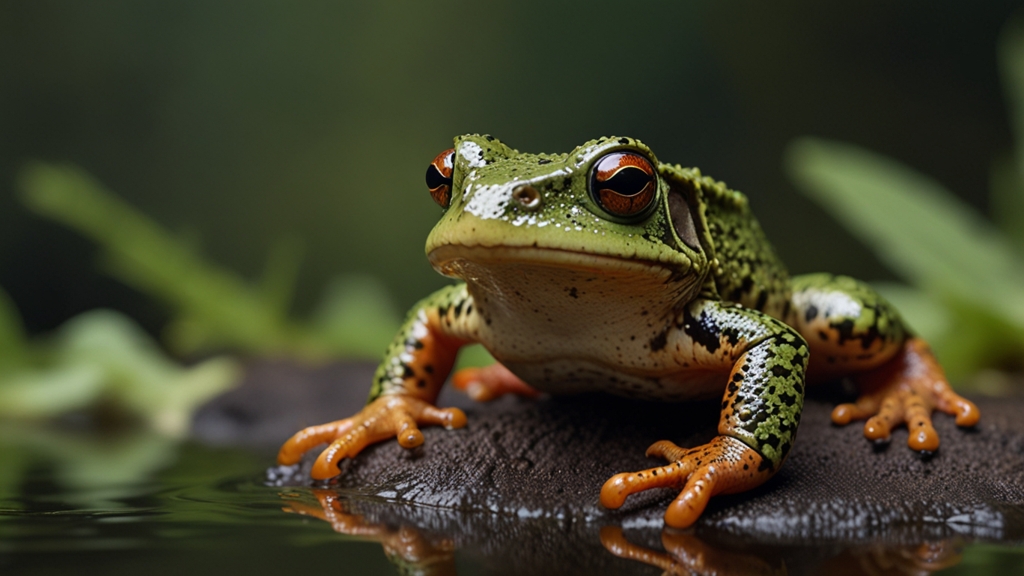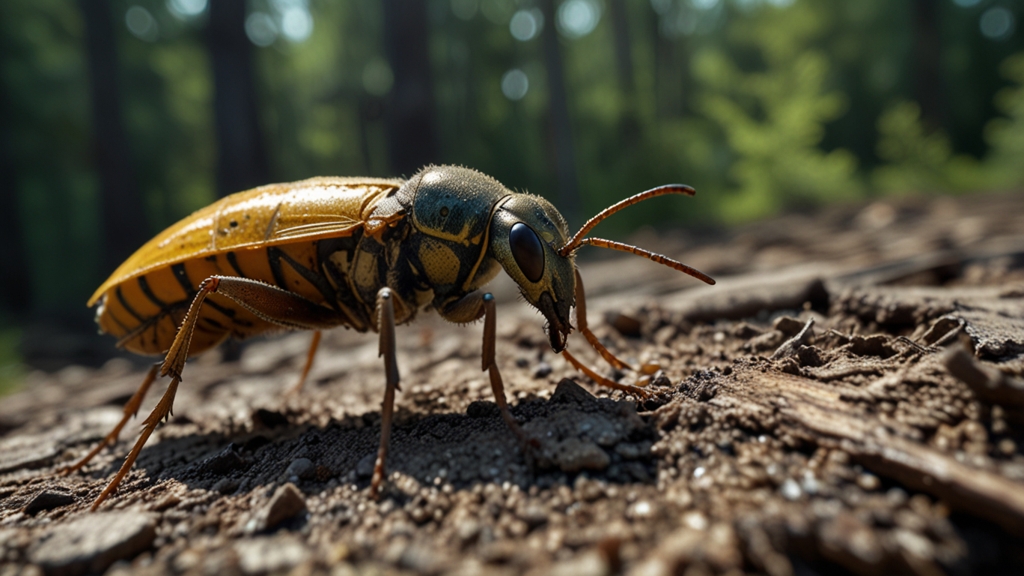Endangered No More: Inspiring Stories of Species Recovered
The world is often inundated with tragic stories of dwindling species and the relentless encroachment on natural habitats. However, amidst the growing environmental concerns, there are remarkable success stories. The relentless efforts of conservationists, governments, and local communities have led to the recovery of several endangered species. These tales of hope and resilience remind us that conservation efforts can indeed make a significant difference.
The Bald Eagle: A Soaring Success
The Bald Eagle, the proud symbol of the United States, was once on the brink of extinction. By the 1960s, the population had plummeted due to habitat destruction, illegal shooting, and the widespread use of DDT, a pesticide that weakened their eggshells. In 1963, the population had dwindled to only 417 nesting pairs.
"Thanks to the banning of DDT in 1972 and rigorous conservation efforts, Bald Eagle populations began to recover. By 2007, they were removed from the endangered species list, with over 9,700 nesting pairs recorded."
This remarkable comeback is a testament to the combined efforts of environmental regulations and proactive conservation strategies. Today, the Bald Eagle serves as an emblem not just of national pride, but of the power of collective human efforts to reverse the tide of extinction.
The Giant Panda: A Tale of Tenacity
The Giant Panda, native to China, has long been a favorite of the global public. However, their charming appearance did not shield them from dangers. Habitat loss and low birth rates had placed them on the critically endangered list.
In a concerted effort, the Chinese government, along with international organizations, established several conservation programs, including the creation of panda reserves and extensive breeding programs.
"In 2016, the International Union for Conservation of Nature (IUCN) reclassified the Giant Panda from ‘endangered’ to ‘vulnerable’, recognizing the substantial rise in population numbers."
This shift was driven by habitat preservation and successful breeding efforts. Today, the panda population in the wild continues to grow, offering hope and inspiration for future conservation endeavors.
The Gray Wolf: Howling Back to Life
The Gray Wolf once roamed widely across North America, Europe, and Asia. However, due to hunting and habitat destruction, their numbers suffered dramatically. By the early 20th century, the species was almost eradicated in the contiguous United States.
Various wildlife protection laws and reintroduction programs spearheaded by conservationists helped reverse their fate.
"One of the most successful programs was the reintroduction of Gray Wolves into Yellowstone National Park in 1995. Since that time, the population has steadily increased, benefiting not only the wolves but the entire ecosystem."
This resurgence has restored balance to ecosystems where they are keystone predators, proving that thoughtful reintroduction and protection programs can restore natural order.
From Lessons Learned to Future Action
The recovery stories of the Bald Eagle, Giant Panda, and Gray Wolf highlight that with dedicated efforts, even the most precarious species can bounce back from the brink of extinction. These successes underscore the importance of environmental regulations, habitat preservation, and the power of international cooperation.
As these species continue to thrive, they serve as beacons of hope, reminding us that it is possible to reverse the damage human activity has inflicted on the natural world. The key lies in continued vigilance, collective effort, and a commitment to preserving the biodiversity that sustains life on our planet.
The journey of conservation is far from over. Each story of recovery fuels our drive to protect countless other species teetering on the edge. With dedication and unwavering effort, we can aspire to create a future where no species has to face the threat of extinction again.










